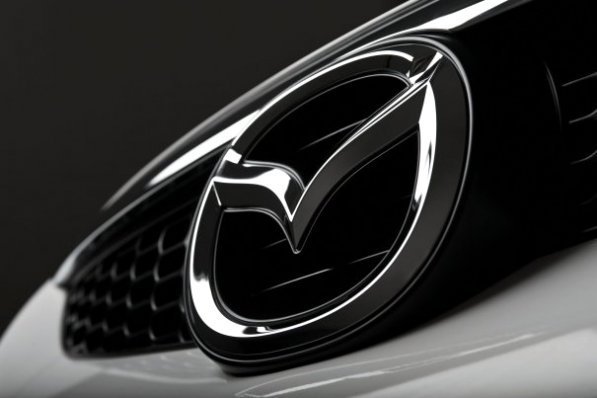Auto Industry Underdog Mazda Hopes Alliances Will Help Boost Sales

This is a tough time to be a small Japanese auto maker. A strong yen, political tensions in China, slumping sales in Europe and intensified competition from Korea’s Hyundai Motor Group, Germany’s Volkswagen AG and the Detroit Three are squeezing Japan’s second-tier car companies, particularly in the U.S. Suzuki Motor Co. last year gave up the fight to stay in the U.S. market.
Mazda Chief Executive Takashi Yamanouchi says he is determined to expand global sales and stand his ground in the U.S., using a strategy that combines a homegrown approach to building lower cost, more efficient vehicles with opportunistic alliances such as the deal with Fiat.
“We won’t only stay, but reinforce our presence,” Mr. Yamanouchi says of the U.S. market.
Securing a future for the Miata roadster is important to Mazda’s brand. The car is Mazda’s most distinctive offering and has an enthusiastic cult following. But the company’s fortunes depend more on the reception for the new Mazda 6 midsize sedan and a redesigned Mazda CX-5 sport utility vehicle, featured prominently on Mazda’s stand at the Detroit Auto Show that opens Saturday.
The Mazda 6 competes in a crowded segment with models such as the Honda Motor Co. Accord, Toyota Motor Corp. Camry, Ford Motor Co. Fusion, Hyundai Sonata and Nissan Motor Co. Altima. The CX-5 is looking for elbow room in the compact crossover wagon segment that is dominated in the U.S. by Honda’s CR-V, Toyota’s RAV-4 and Ford’s Escape.
Mazda is betting that consumers will be drawn to the fuel economy numbers achieved by an approach to vehicle design and technology the company calls SkyActiv. Under the hood, SkyActiv engines use higher compression and a new exhaust system to boost fuel efficiency without sacrificing power. The SkyActiv approach applied to body engineering cuts weight by as much as 100 kilograms, Mr. Yamanouchi says.
The result is that the CX-5′s U.S. fuel economy is rated at 29 miles a gallon, compared with 26 mpg for the rival Honda CR-V.
Mr. Yamanouchi says the new CX-5 costs 150,000 yen less to produce than the outgoing CX-7 model it replaces.
“Even with the dollar at 77 yen, we could build this product in Japan at a profit,” Mr. Yamanouchi said in a recent interview.
Over the next four years, Mr. Yamanouchi says Mazda plans 8 SkyActiv models, including the Mazda 6 sedan and the CX-5.
David Sullivan, manager of product analysis at researcher AutoPacific Inc., says Mazda faces a challenge re-connecting with customers disappointed by its recent models.
“What is SkyActiv?,” he asks. “It doesn’t resonate with green feeling or a fuel economy benefit. The message is lost in the marketing terminology.”


